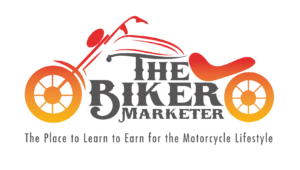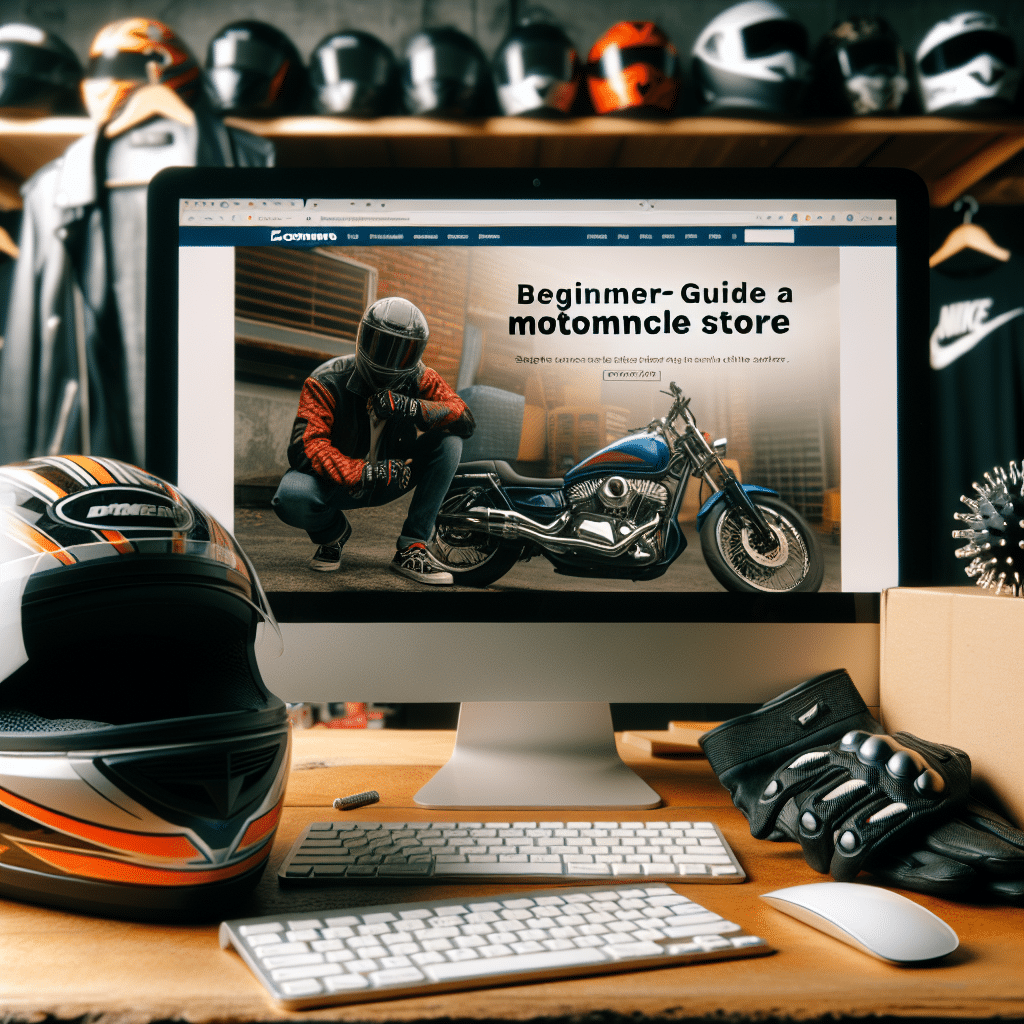Identifying Your Niche
Understanding Your Audience
Diving into the world of motorcycles is thrilling, but it’s crucial to pinpoint who you’re selling to. Are your customers weekend warriors, full-time riders, or new enthusiasts? I started by researching popular forums and social media groups—places where bikers hang out and share their love for motorcycles. By getting to know their needs and preferences, you can target your products better.
Also, think about the demographics. Are they mostly young adventurers or seasoned riders? Gathering this intel helps in curating products that genuinely resonate with your audience. I made a simple questionnaire and shared it within relevant communities; the feedback was invaluable!
Lastly, don’t forget about the emotional aspect. Motorcycling isn’t just about the rides; it’s about the freedom, the camaraderie, and the thrill. Connecting with these emotions can be a great way to market your products.
Narrowing Down Product Offerings
Once I had a grasp on my audience, it was time to narrow down what products to offer. There are countless motorcycle-themed items out there—from gear and accessories to unique apparel. I stumbled upon the idea of focusing on custom gear, as it allows for personalization, which riders love! There’s something special about having your own unique gear that tells your story.
Alongside custom gear, I also considered essentials like helmets, protective clothing, and even motorcycle maintenance tools—items that every rider needs. Assessing product trends through research and sales data plays a huge role here.
Your offerings should not only meet the market demand but also reflect your own passion. When I launched my store, I ensured that every product resonated with my personal experience as a motorcyclist, making my store a true extension of myself.
Researching Competitors
Researching competitors sounds tedious, but trust me, it’s a goldmine for insights! I spent a good chunk of time analyzing other motorcycle-themed stores. What are they doing right? Where do they seem to be lacking? Tools like SEMrush gave me a peek into their traffic and SEO strategies, helping me to carve out my unique space. Remember, imitation might be the sincerest form of flattery, but differentiation is the key to success!
Don’t forget to check out their customer reviews. They can reveal common pain points that your business could address. For example, if customers are frustrated with long shipping times, you can emphasize fast delivery in your marketing efforts!
Lastly, keep an eye on their marketing strategies. Monitor their social media, email campaigns, and website layout. There’s always something new to learn that can inspire your own approach.
Building Your Online Platform
Selecting an E-commerce Platform
When it came to choosing an e-commerce platform, I felt a mix of excitement and overwhelm. There are so many options out there! I finally opted for Shopify due to its user-friendly interface and a plethora of apps tailored for e-commerce businesses. Take a moment to consider your technical skills and comfort level with setting up a site. Some platforms require coding knowledge, while others are straightforward and intuitive, like Shopify or WooCommerce.
Make your choice based on your specific needs. Do you want to start small and scale up, or do you need advanced features from the get-go? Assess the fees too—the last thing you want is to be hit with surprise charges down the line!
In the end, it’s all about what feels right for you. I personally felt at ease with Shopify, and that confidence translated into a more polished online store!
Designing Your Store
Designing my online store was like painting a canvas—each element needed to reflect the spirit of motorcycling! I focused on a clean, vibrant layout that showcases my products without overwhelming the visitor. Bright images of motorcycles in action made my homepage pop! I also liked to keep the navigation simple; a clutter-free design encourages visitors to explore my offerings with ease.
Don’t forget about mobile optimization. More and more customers shop on their phones these days—my site traffic reflected this shift, and I was glad I chose a responsive design! I highly recommend testing your website on different devices to ensure a seamless shopping experience.
Lastly, tell your story! I integrated an “About Us” section where customers could feel my passion for motorcycling, building a connection beyond just transactions.
Setting Up Payment and Shipping
Payment and shipping are crucial to your store’s success. I knew I had to offer multiple payment options to cater to different preferences. Options like PayPal, credit cards, and even cryptocurrencies have helped draw in a wider customer base. Research which payment methods are most common among your audience and implement those!

Shipping is another huge aspect. I found it beneficial to offer both standard and expedited shipping. Don’t forget to clarify your policies on returns and exchanges. Clear guidelines can enhance trust and give customers the confidence to shop without hesitations.
And always be transparent about costs. There’s nothing worse than a customer who feels blindsided by high shipping fees at checkout. I recommend offering free shipping for orders over a certain amount—it’s a great incentive for customers to buy more!
Marketing Your Store
Leveraging Social Media
Social media has been a game-changer for me. I utilized visually-driven platforms like Instagram and Pinterest to showcase my products in a lifestyle context. Engaging posts where I shared user-generated content from happy customers sporting my gear really helped build community. Plus, you can’t go wrong with some good ol’ hashtags! They can significantly increase the visibility of your posts.
It’s essential to interact with your audience. I made it a habit to reply to comments and messages promptly. This not only builds rapport but also encourages more engagement. I found that hosting social media contests, where followers share their biking adventures, generated excitement and increased brand awareness.
Lastly, don’t overlook paid advertising! Facebook and Instagram ads can target specific audiences based on demographics and interests. With a little investment, I found a great return in the form of increased traffic and sales.
Creating an Email List
Building an email list was one of my best decisions. I started collecting emails right from the get-go, offering a discount on the first purchase as an incentive. This way, potential customers would feel more inclined to give me their contact information. I also used my newsletter to share tips, exclusive deals, and updates—keeping my audience engaged and eager to hear more.
Segmenting my email list allowed for even more targeted marketing. This way, I could send personalized messages based on customer preferences or previous purchases. Building that personal touch improves conversion rates significantly!
Lastly, don’t forget about follow-ups! Sending a quick thank you or a reminder about items left in the cart can go a long way in converting those “maybe someday” shoppers into “I’ve got to have this!” customers.
Collaborating with Influencers
Another fun way to market my store was through influencer collaborations. I reached out to motorcycle bloggers and social media influencers who shared a love for riding. By providing them with products to showcase, I tapped into their followers, which helped increase visibility for my store. It’s a win-win situation when they genuinely love what you offer!
Look for influencers whose values align closely with your brand. When your products are featured by someone who truly believes in them, it seems genuine, and followers can sense that authenticity, leading to actual sales.
Moreover, encouraging influencers to share coupon codes can be a great incentive for their followers to give you a try. That little nudge often turns into a big leap toward building a loyal customer base.
FAQs
1. What is the first step in starting a motorcycle-themed online store?
The first step is identifying your niche and understanding your audience. This will help you curate products that genuinely resonate with your potential customers.
2. How can I effectively market my online store?
Utilizing social media, building an email list, and collaborating with influencers are great ways to market your store. Engaging with your audience and responding to feedback also boosts your visibility.
3. What platform should I use to build my online store?
Choosing an e-commerce platform largely depends on your technical skills and needs. Shopify is user-friendly and popular, while WooCommerce is great if you’re looking for flexibility with WordPress. Pick what feels right for you!
4. How can I encourage customer loyalty?
Building an email list with incentives, offering excellent customer service, and creating a community around your brand can encourage customer loyalty. Personal touches like follow-up emails also help keep customers coming back.
5. Is it necessary to have a large inventory to start?
No, starting with a small, curated collection of products that align with your niche can be effective. You can gradually expand your inventory as you learn what your customers like best and what sells well.


